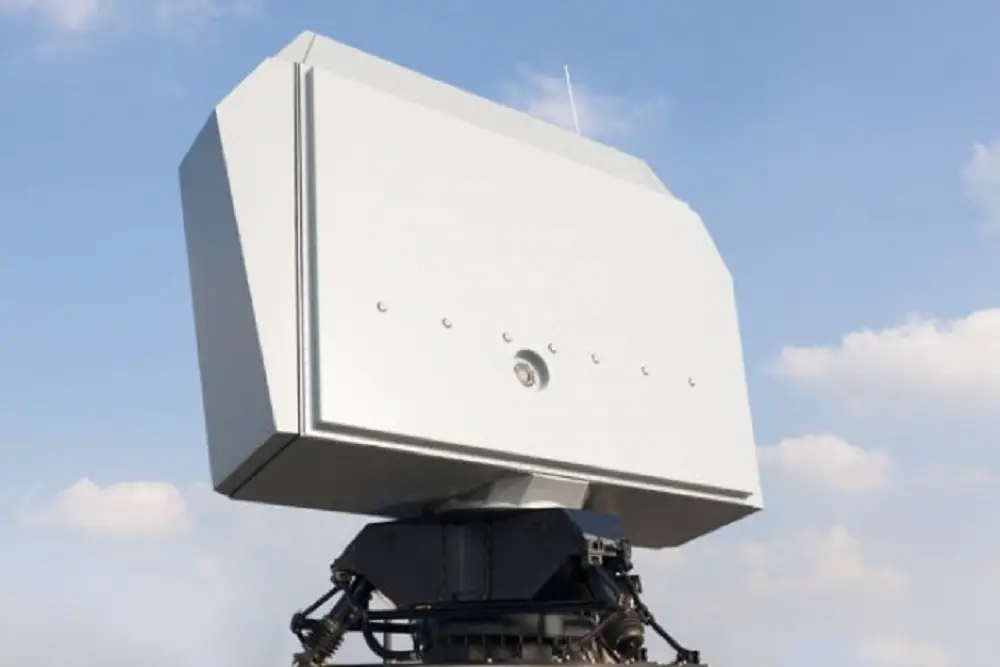A major reason for selecting the NS100, next to its unparalleled performance, is fleet-wise logistic advantages. The NS100 on the Royal Netherlands Navy’s other landing platform/dock (LPD), HNLMS Rotterdam, will be updated, so that the radars on both LPDs will be identical. The Royal Netherlands Navy (RNLN, Koninklijke Marine) already operates the latest generation of Thales 4D AESA radars on the majority of its vessels and, given the radar’s flexible architecture, it is easy to offer through–life introduction of new capabilities thereby future-proofing the radar.
The same contract specifies the delivery of Scout Mk3 surveillance radars to be installed on HNLMS Johan de Witt and on the Combat Support Ship that is presently being built for the RNLN. Five more Scout Mk3 radars will be supplied for the M-class frigates operated by the RNLN and the Belgian Naval Component and for spares and training purposes. The CSS will also receive a Thales IFF system. This contract raises the number of Scout Mk3 radars under contract to 15.

The NS100 surveillance task is enhanced with new multi-mission capabilities such as swarm defence, anti-piracy, UAV control and weapon support for active missiles. These different types of targets put different requirements on the radar; fighter jets require long range, high diving missiles require elevation coverage, sea skimmers require fast reaction time, hovering helicopters require spectral information, UAVs are small and slow and require a good clutter suppression, etc. The NS100 detects this wide variety of targets in one single mode as one can never be certain of the type of threat encountered.
This contract demonstrates how easy it is to update a Thales 4D AESA radar system in operation in order to align it with the same specifications as a new radar. This can be realised by introducing full digital beam-forming with Dual Axis Multi-beam processing and fully exploiting the AESA capability of forward and backward scanning. The performance of the NS100 can be scaled by adding transmit elements to meet the diverse requirements and operational needs of navies around the world. The same basic radar can be optimised for different ship classes, leading to fleet-wise logistic advantages. Furthermore, the flexible radar architecture enables through-life introduction of new capabilities thereby future proofing the radar.















